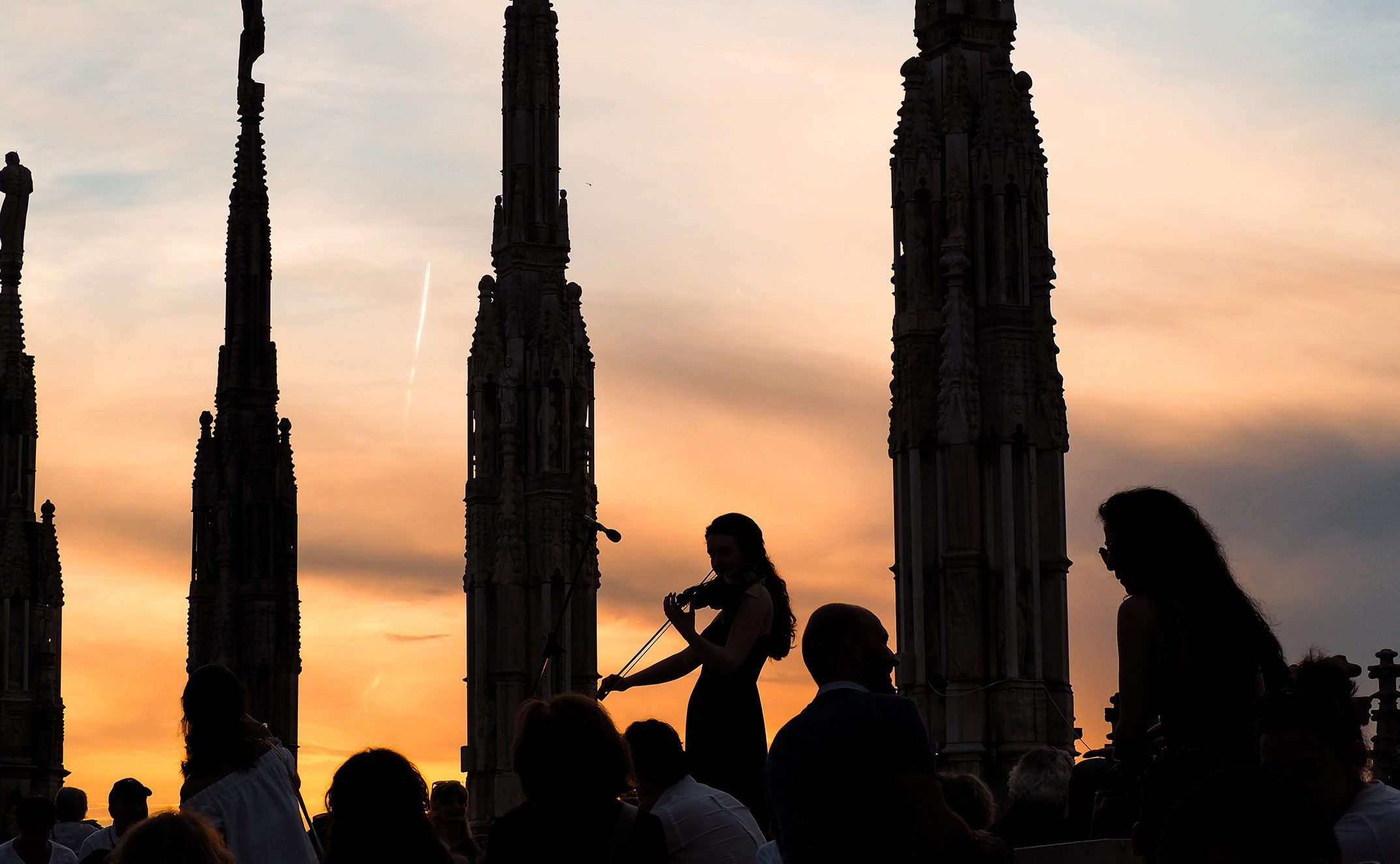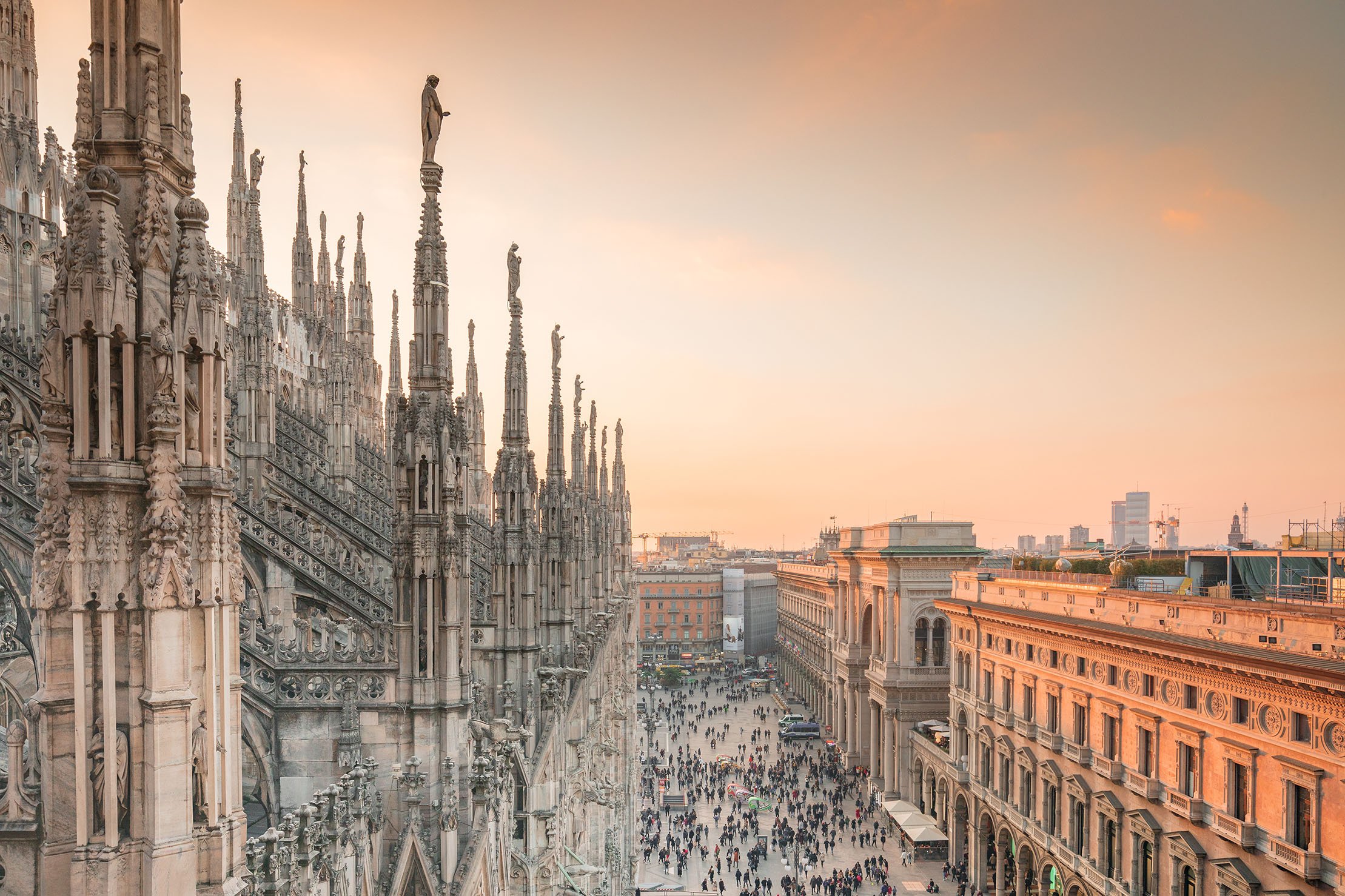The story of San Ierone started when the Persian Empire defeated the Romans in 296, and Emperor Diocletian ordered the recruitment of new soldiers to rebuild and strengthen his army. Agricolao, an imperial officer, was thus sent to Cappadocia along with a contingent of soldiers to enrol as many Christian men that he could. Ierone was one of them. Despite his resistance, he was obliged to surrender and was forced to march towards Melitene, along with another 32 men who were hiding behind him. But upon reaching the destination, an elderly man appeared to him in a dream and encouraged him to hold onto his Christian faith despite the atmosphere of terror. After telling his companions about the dream, together they decided that they would not participate in the solemn sacrifice to the gods, a pagan rite scheduled to be held on the next day, an event all recruits were forced to attend. Hence, they were sentenced to death. San Ierone of Spire G73 looks down at the skull in his hands, probably an element of meditation and of transition to eternal life. San Ierone seems to invite passers-by to gather round him in a moment of deep contemplation.San Ierone’s statue was produced in 1835 by Pompeo Marchesi, sculptor who had already made other statues at Veneranda Fabbrica del Duomo. San Ierone is portrayed as an elderly man with a beard, and a cape falling from his shoulders to envelope the entire figure. He looks down at his hands that appear from under the cloak, holding a skull.
ST. HERON





 Tiburio
Tiburio

